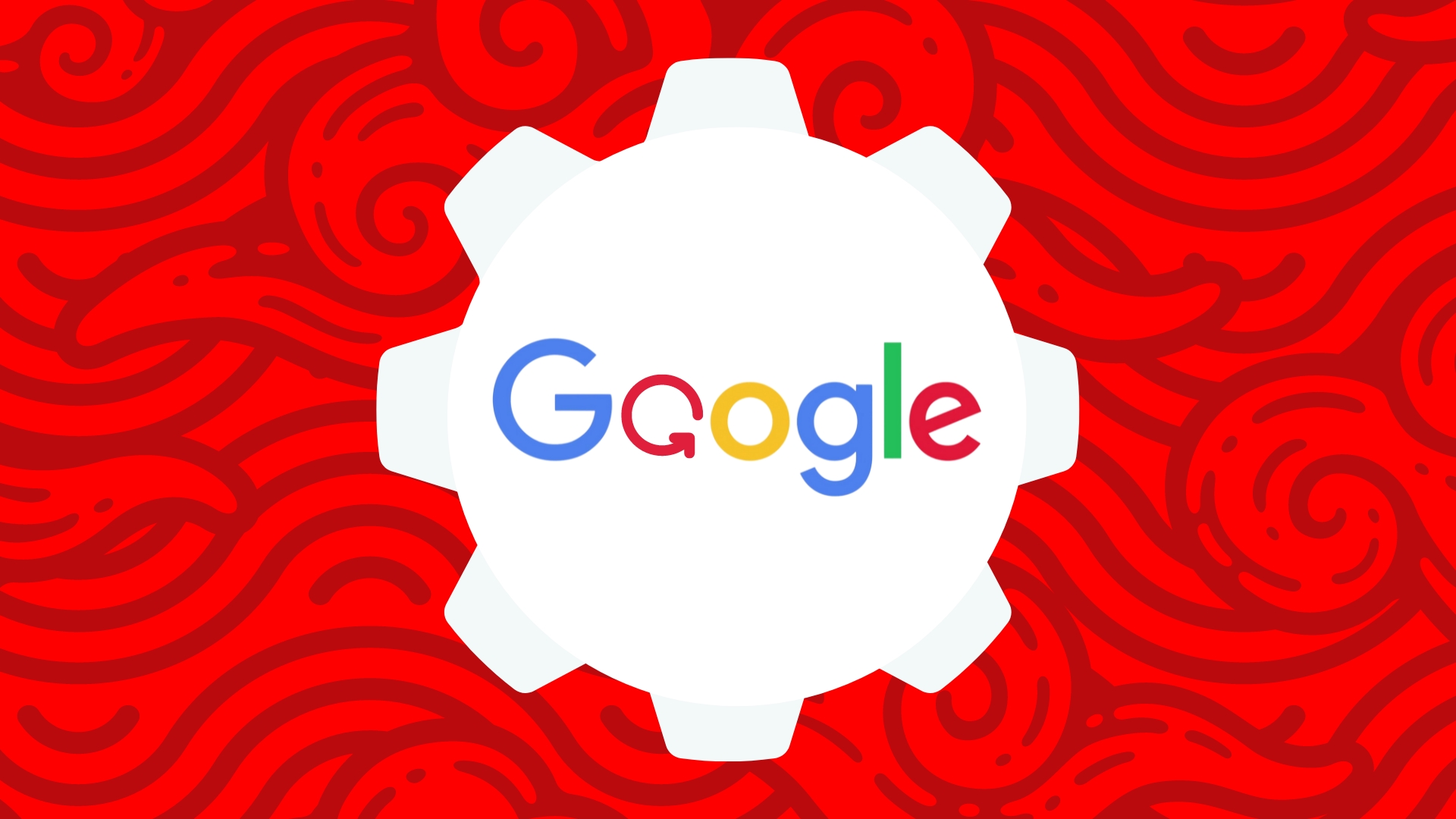Good Afternoon, and welcome to this week’s Digitial Roundup.
This week, markets should be aware of Google rolling out their new core update, why Twitter is using the WhatsApp logo for the share button, the new innovative technology being integrated to Chrome, and why notifications for Safari are changing on macOS devices.
Google Begin Rolling Out New Core Update
Google announced on the 12th of September via Twitter that they’d be rolling out a new core update, which will take up to two weeks to finish rolling out.
The initial response from marketers and the wider search community was a positive one, although there was some criticism from affiliate marketing Facebook groups.
What is a Core Algorithm Update?
Core algorithm updates get announced by Google when they’re making changes that are significant enough to be felt by website publishers/owners and marketers.
Google’s Search Central account announced the core update, linking to the developers.google.com post
So what is a core algorithm update?
A core algorithm update can be described as multiple changes to parts of Google’s algorithm.
Whilst the algorithm is constantly being changed and updated, what separates a core update is that the changes are much more noticeable.
The changes should now be beginning to take effect because they will have reached most of Google’s data centres.
As of now, there’s no confirmation on how this will affect search engine results pages. What we do know is that because it’s a general update, most search results across most languages will be affected.
How should I respond to a core update?
Right now, it’s not worth making any changes off of the back of any positive or negative results you see in Search Console due to the update.
Wait for the changes to fully roll out first, and then depending on what’s been affected, you can make a plan of action.
Twitter Testing “WhatsApp” Share Button In India
Twitter has begun to test a new WhatsApp share button for India-based users. The new share button was announced via a Twitter India tweet:
The feature substitutes the share button for a WhatsApp icon but provides identical functionality. Once you click the icon, you get the typical options: copying the tweet link, sharing it to other apps, sending it as a DM, or bookmarking it.
On the surface, it appears to be a one-click share to share to WhatsApp, but you actually need to click “share tweet via” first.
Why the change?
WhatsApp has over 581 million users in India, which is expected to grow to 795 million by 2025.
By integrating this aesthetic change, Twitter is trying to spread tweets outside of its own platform onto meta-owned platforms such as WhatsApp.
Twitter said the following to TechCrunch:
“We are replacing the share icon on Tweets with the WhatsApp icon for the majority of people who use Twitter on Android in the country, so sharing their favorite or noteworthy Tweets is easy even beyond Twitter, making the experience more open, accessible, and holistic for them,”
Streamlining cross-platform sharing will allow Twitter to track engagement from people who aren’t logged into the app.
Due to the fact this feature is still being tested on a small group of users, we’re yet to see if the test is successful, if it is, then it could be brought to a wider group of Twitter users.
Chrome Using Interactive Screenshots To Improve Site Speeds
Google has announced that they’ll be using new technology in the popular browser Google Chrome, the technology will facilitate interactive snapshots of webpages that will speed up the user experience on sites.
The name for this technology is Freeze Dried Tabs, and it’s currently in use in the latest Chrome update.
The technology could be summarised as a hybrid of a webpage and a screenshot that can be scrolled or clicked on, then once the page has fully loaded, Google will switch you across to the webpage seamlessly.
The idea behind the technology is to improve the web experience of site visitors because they’ll be able to engage with a web page faster.
Freeze Dried Browser Tabs
Google is calling the screenshot webpage hybrid Freeze Dried Browser Tabs.
They’re a new way for a site to deliver web pages, but it’s not used for every site that a Chrome user visits.
They’ll mostly be used when switching between a tab or starting up/recovering your Chrome browser.
An optimised website on Chrome takes approximately 3.4 seconds, with a Freeze Dried Browser tab, it’s sped up by approx. 20%, so it would load in 2.8 seconds.
This is an innovative and remarkable new technology that should help both desktop and mobile users of Chrome in the future, and will no doubt lead browser competitors to build or replicate this idea.
There’s no layout shift when you’re moved from a tab to the live site, and it even renders content that you’d need to scroll down to see.
How the technology works
Google confirmed that the technology operates in a unique way, they take a snapshot of the visual state of the web page as a vector graphic and capture the hyperlinks.
They then play back the graphic in a lightweight fashion by rasterising the vector. This reduced the rendering cost of showing a full web page and still supports hyperlinks.
Web Push Coming To iOS
The message service alert Web Push from Webkit is soon to be supported by WebKit for iOS users on Apple devices. This was announced via a tweet from Jen Simmons, who’s a member of the Safari and Webkit dev team:
Web Push is an opt-in notification service, where users are asked to give permissions before they’re sent notifications from the service. There’s no release date but once it’s released, it will be available to users of macOS Ventura.
Notification Standards
Developers have been able to send notifications through Safari for a long time on macOS, but these notifications followed a different standard.
The integration of Web Push means that Safari applications will be able to send push notifications to the same web standards of other browsers, so no additional lines of code or application changes will have to be implemented first.
These standards include PushAPI, notifications API, and Service Workers. Safari Web Push will use the same notification service that powers Native Push on all iOS devices.






